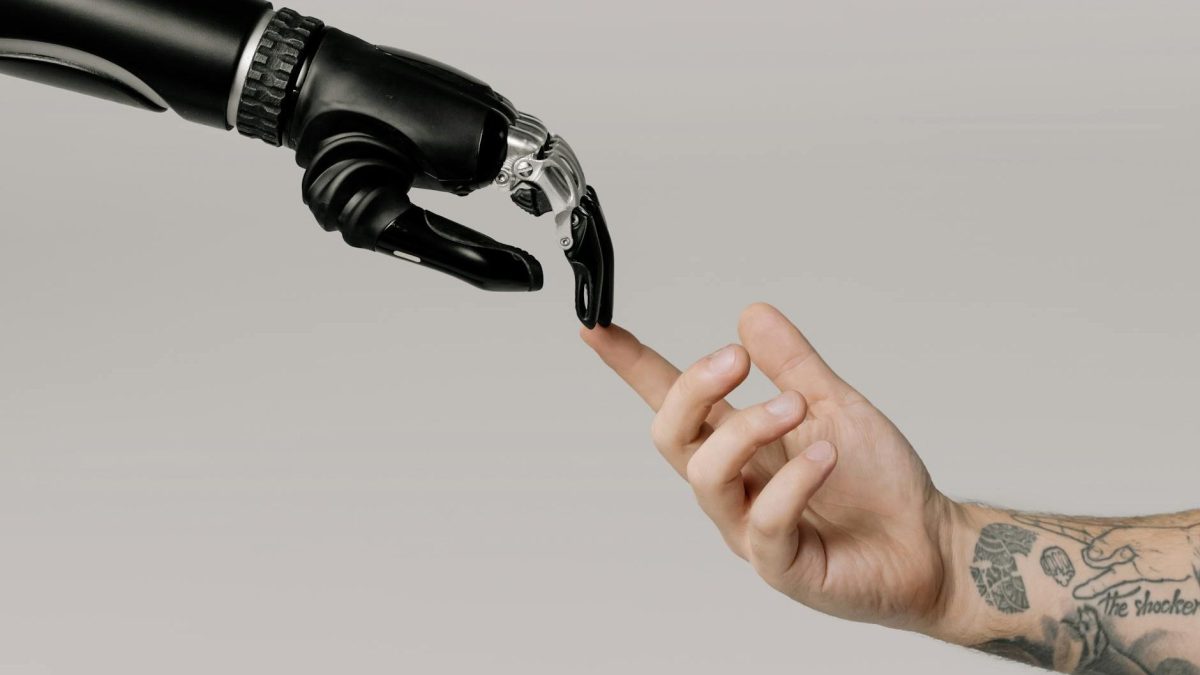However, in our enthusiasm to adopt this technology, it is easy to fall into the trap of wanting to implement robust and complex solutions without considering whether they are really what we need. Often, the urge to ‘have AI’ overtakes us, leading us to opt for pre-built tools or generic solutions that, while they may be powerful, don’t always align with our goals or solve the specific problems we face.
What problem we want to solve with AI
Before we dive headlong into implementing an AI solution, it is crucial to take a step back and ask ourselves: What problem do we want to solve with AI? This fundamental question leads us to reflect on whether AI is really the right technology to address the challenge at hand, and if so, what type of AI is best suited for our context. Not all AI applications are the same, and what works in one environment may not be the most effective in another.
To understand this better, let’s think about an everyday example: ‘home renovation’. When you decide to renovate your home, you can’t just tear everything down and rebuild it from scratch, because you still have to live there! So you choose a specific area, such as the kitchen, to start with. If you are clear about what you want, you will understand the importance of setting specific goals or getting advice from someone to guide you. This approach is essential for any IA project, where clearly defining what you want to ‘reform’ or improve is the first step to ensure success.
Once we have identified the problem and determined that AI is the right tool, it is vital to align ourselves closely with our goals, whether they are project or company-wide. This deliberate approach forces us to assume nothing and to rigorously test our solution. Testing is essential: we need to make sure that the technology we are using is appropriate, that it meets our specific needs, and that it delivers real value.
The SMART objectives
Making informed decisions is the next step, and to do this, we need to be SMART. This is where the application of SMART objectives comes into play, which can be perfectly illustrated by the example of the kitchen renovation.
- S: Specific: Just as in a renovation, where you decide that you want to change the layout of the kitchen, opt for a more modern kitchen or simply update the furniture, in an AI project, the objectives must be clear and specific to avoid ambiguity. You cannot expect AI to solve undefined tasks; you need to direct it with precise instructions that can be measured. If you are not clear about what you want to achieve, you could end up wasting resources on a solution that does not meet your needs.
- M: Measurable: In renovation, you need to measure progress: first demolish, then install pipes and wiring, and finally, close everything up to start assembling the furniture. This step-by-step approach is essential for measuring progress in an IA project. You need to be clear about how the situation is now (AS IS) and how you want it to be later (TO BE) in order to assess whether you are achieving the desired goals. Clear KPIs will let you know if the work is progressing as planned or if adjustments need to be made.
- A: Accountable: During the renovation, it is important that every step is traceable. This means that you can track every action taken, from demolition to furniture installation, to avoid mistakes and, if they occur, to correct them quickly. The same applies in an AI project, where traceability is crucial to review and understand what has been done and how the results have been achieved. You can then make adjustments and continuous improvements more easily.
- R: Reliable: When refurbishing, you rely on quality materials and a reliable work team, possibly people you have already worked with or who have been recommended. Similarly, in an IA project, the data used must be reliable. Only with accurate data can you ensure that AI-based solutions are effective and deliver real results. Reliability is the foundation on which the success of any project is built.
- T: Time-bound: Finally, in a renovation, you have a deadline – you want to finish the kitchen soon so you can get back to cooking and enjoying your renovated space! IA projects also need to be executed within specific timeframes. This allows you to manage expectations and budgets, and to quickly test whether the technology meets your needs. Just like a construction site, an AI project without time limits can extend indefinitely, affecting budget and efficiency.
By applying these principles, AI can be an incredibly valuable ally. With SMART objectives, we will not only be ‘smart’ in leveraging AI, but we will also ensure that this technology helps us achieve optimal results in our projects. So yes, AI is for ‘smart’: ready to plan, measure, and succeed!
Conclusion
In summary, before embarking on an AI project, it is crucial to clearly understand the problem we want to solve, determine if AI is the best tool for it, align the proposed solutions with our strategic objectives, rigorously test the solutions to make sure they work, and finally, apply SMART objectives.
Just as in your kitchen refurbishment, where you select a specific objective, measure progress with clear KPIs, map out each step, rely on reliable materials and people, and make sure you meet your deadlines, a well-managed AI project with these principles will lead to success. Only then will we be able to realise the full potential of AI and transact with the world.









